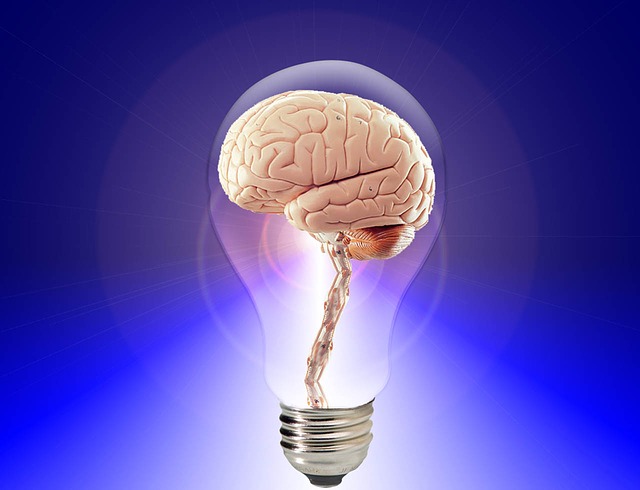The term ‘intelligent automation’ likely brings to mind self-driving cars. In reality, examples of intelligent automation are already all around us—pervasive in nearly all industries and playing an often unseen but growing presence in our everyday lives. Enterprises are exploring myriad ways to use intelligent automation to replace humans in repetitive tasks, freeing skilled people to put their talents to use in better ways. Other benefits include bolstered productivity, enhanced efficiency, cost savings, improved accuracy, better process outcomes, and faster actions and decisions. Moreover, intelligent automation generates insights and opportunities that enable enterprises to spawn new products, services and businesses.
Intelligent automation merges artificial intelligence (AI), machine learning (ML) and automation technologies. As compared to ‘regular’ scripted or rules-based automation, intelligent automation can be applied to more complex processes; enables greater speed and accuracy; and is capable of extracting information and deriving learnings that can be fed into downstream processes.
A perfect demonstration of the power of intelligent automation, IDP solutions offer a compelling value proposition for enterprises that face challenges in increasing process efficiency and accuracy.
Let’s look at a common example of how ‘regular’ automation becomes intelligent automation—Intelligent Document Processing (IDP).
Intelligent automation to replace RPA, suggests AntWorks
Organizations that process enormous amounts of paper—financial and healthcare institutions, for example—have long used optical character recognition (OCR) technology to scan and create digital copies of documents, but in order to derive information from the documents, the documents had to conform to standard templates so that text could be extracted from specific fields. Today, however, IDP solutions enhance OCR capabilities with computer vision to capture data from all types of documents. Text mining and machine learning is used to classify the information, and natural language processing (NLP) and deep learning algorithms are used to extract relevant data, which is fed into downstream systems.
A perfect demonstration of the power of intelligent automation, IDP solutions offer a compelling value proposition for enterprises that face challenges in increasing process efficiency and accuracy. It’s no wonder that the IDP market is expected to grow at CAGR of 70 to 80% over the next two years.
Other intelligent automation technologies are evolving at a rapid pace as well, adding a host of key capabilities to help enterprises achieve strategic business outcomes and improve their competitive advantage. Here are five AI-based tech advancements that are making intelligent automation even more intelligent:
- Content processing: In the near future, automation solutions will include more advanced ways to process content, whether it be in the form of images, text, speech or videos. Advanced image recognition and processing capabilities featuring a combination of computer vision and deep learning algorithms will extract, analyze and understand more useful information from digital images, speech and videos. Text and voice recognition that not only interacts through natural language but also understands sentiment and utterances has already emerged. Further developments will help enterprises extract and classify more information from semi-structured or unstructured data sources such as emails and letters.
- Online marketplace for pre-built automations: Vendors have started building/offering online marketplaces that allow partners and customers to exchange vendor-validated pre-built reusable automations including robots for horizontal and industry-specific processes (e.g., accounts payable and claims/mortgage processing), or integrations with cognitive skills such as NLP and computer vision. This helps develop an ecosystem to enable easy access to a large and growing repository of reusable automation components to reduce development time for enterprises.
- Automating the automation: In this innovative capability, some RPA platforms use AI to not only find automation opportunities in business processes but also identify the optimal process variation. We are seeing developments that are taking this further by automatically creating and adding respective automation workflows directly in the automation design studio to be further refined and coded by users. This is a step forward in enabling higher ease of use and automation development to help enterprises scale up fast.
- AI-based next-best action: Increasing AI-based next-best-action recommendations to complement Robotic Desktop Automation (RDA). It refers to the use of AI/ML to identify patterns based on past customer behavior/interactions and make recommendations for the next-best-action to help employees provide better customer service. This could include suggesting up-sell/cross-sell opportunities to the agent based on past interactions or suggesting relevant questions for the agent to ask for faster resolution of customer grievances.
- Intelligent workload balancing: Intelligent workload balancing refers to the ability of the platform to use embedded AI to identify work distribution patterns and learn to distribute the workload autonomously over time. A series of load balancing algorithms could be employed by the platform to identify and assign critical tasks to the available robots in case of an expected resource crunch.
Intelligent automation: Building the digital finance workforce of tomorrow
Advancements in intelligent automation are not limited to AI-based capabilities. In fact, vendors are making quarter-by-quarter strides in product development, adding sophisticated platform features such as robust control panels, enhanced robot run time control, and intelligent control systems for dynamic workload balancing, auto-scaling, and even identifying processes for further automation.
Intelligent automation is getting smarter every day, and we’ve only scratched the surface with this quick list of five prominent advancements. That is exciting news for enterprises who are ready to embark on or accelerate their inevitable automation journey.

About the author: Sarah Burnett, Executive Vice President & Distinguished Analyst at Everest Group, is chair of BCSWomen and founder of AI Accelerator for women.







